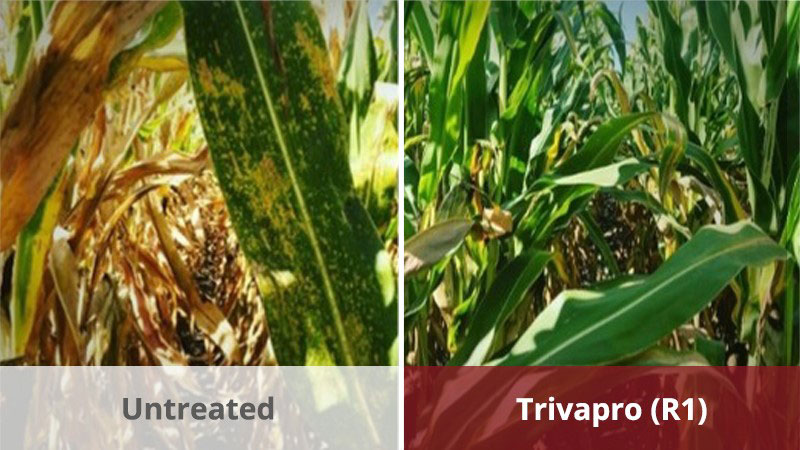Study Explains Waterhemp’s Metabolic Resistance to Topramezone
Corn naturally tolerates certain herbicides, detoxifying the chemicals before they can cause harm, writes Lauren Quinn on the University of Illinois Crop Sciences website. It’s what allows farmers to spray fields with the class of herbicides known as HPPD-inhibitors, which kill weeds such as waterhemp and Palmer amaranth and leave corn unscathed. But in more and more fields, the method is failing; waterhemp isn’t dying.
Scientists have studied waterhemp’s response to two common HPPD-inhibiting herbicides, mesotrione (trade name Callisto) and tembotrione (Laudis), and found the weed uses the same cellular mechanism as corn to detoxify the chemicals. However, no one had studied waterhemp’s metabolic response to a third HPPD-inhibiting herbicide, topramezone (Impact or Armezon), which is in a different chemical subclass than mesotrione and tembotrione, but is just as widely used in corn.
A new study from the University of Illinois identifies the detoxification pathway in two Midwest waterhemp populations that plays a role in rapidly metabolizing topramezone. Unfortunately, the finding is not good news for corn growers.
“Our initial theory was that waterhemp would mimic corn as it does for the other two HPPD-inhibitors, but, no, it found a different way,” says Dean Riechers, weed scientist in the Department of Crop Sciences at U of I and co-author on the Frontiers in Plant Science study. “We don’t know how or why, but it has a different mechanism from what corn naturally has. Bottom line is that you can’t use any of the three HPPD-inhibitors to control this population.”
The waterhemp population Riechers refers to is from a field in McLean County, Illinois. During the past decade, the field of continuous seed corn has been treated with all three HPPD-inhibitors, and waterhemp was showing resistance to them all. Riechers and his co-authors planted seeds from that population in a greenhouse and sprayed the plants with all three herbicides to assess the degree of damage. Compared with two populations sensitive to the chemicals, the McLean County waterhemp plants looked great.
The researchers also grew up waterhemp plants from a Nebraska field that only had been treated with mesotrione and tembotrione. Despite never having been exposed to topramezone, the plants appeared to be resistant. They didn’t look as good as the McLean County population, but they looked much better than the sensitive populations.
Read more at CropSciences.Illinois.edu.






